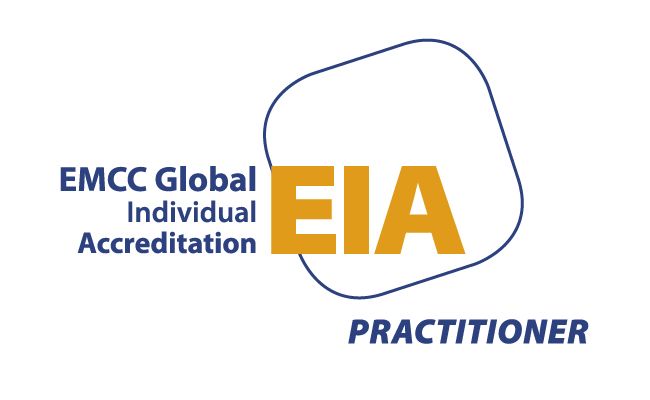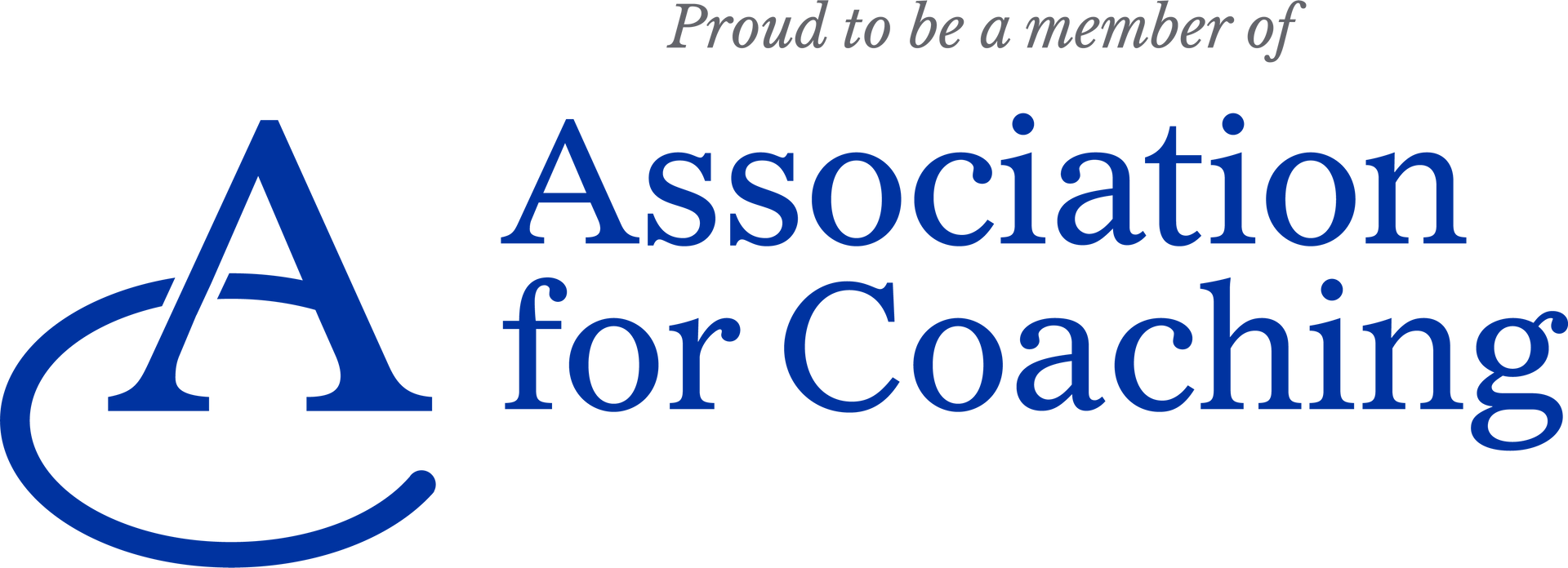Being a Leader isn't easy
Supporting yourself and others

There is no instruction manual on being a leader. The way you think, act and behave needs to attract people to you. You need to know yourself and be able to read other people. How do you develop impact as a leader and who supports you?
Common leadership dilemmas where offering a space to think has helped include:
- Entrepreneurs with growing businesses who are unsure how to best lead their growing team and keep everyone happy and engaged
- Business owners who realize that the management style they adopted as a startup isn’t working that well as the business evolves, recognizing they need to evolve as leaders
- People curious as to what more they can do to have an impact, and how their personality traits, values and strengths influence how they show up
Research shows that cascading solutions onto others is less effective than enabling people to think and create their own solutions. My life as a coach began when colleagues and friends began seeking me for advice on how to manage others, how to influence, how to get a better work-life balance and how to live their values. As Director of Equality, Diversity and Inclusion in the construction sector, I learned that people want to be empowered to make their own choices and forge their own path, they don’t need ‘saving’!
I don’t have time!
Giving people the time and safe space to think is a passion of mine. My favourite moments in coaching are when people ‘suddenly get it’. They have thought about a problem and can see a solution or an alternative path. When teamwork has led to creative thinking and new ideas – you can feel the vibrancy and passion in the room.
Interestingly, more and more leaders are working with a coach for fresh perspectives and to challenge their own thinking. Time to think is not always comfortable, but often leads to significant personal & business growth. It takes courage and curiosity to focus on yourself when there are fires to put out, clients to please, financial targets to reach and employees to manage. Giving time for personal development may seem like a luxury. It isn’t and shouldn’t be.
My people & clients come first
Great leaders want their people to grow, often prioritising the learning and development of their employees over their own. When budgets are tight, isn’t it prudent to train your best people to make sure they stay? Indeed it is, but to maximise leadership impact proactive leaders invest in their own development and wellbeing.
I am unique
Personal growth and development are just that: personal. Time you give to personal development needs to be worthwhile, and something that actively influences your thinking, actions and behaviours well after the training event is over.
Impactful learning can include:
- Personal Development: personality trait work, one to one coaching.
- Team Development: action learning, team coaching, design thinking.
- Business Development: strategic planning, bespoke learning modules
- Community Impact: connecting investment in learning with community benefits aligning personal vision to community prosperity and wellbeing.
Strengths and values
Most people set up their businesses based on personal core values, values often held since childhood. Similarly, employees seek out employers where business and personal values match. My business embraces my values of:
· Authenticity
· Creativity
· Uniqueness and
· Community.
Throughout my own career, including roles as a public sector strategist, charity campaigner, local authority researcher and global corporate director of social impact and diversity, equity, inclusion and belonging, integrating my values around empowerment for social good has been central.
It’s personal
I believe that following your true passion is the root to contentment. It isn’t easy as you see people appearing more successful, more confident, more dynamic. Coaching was a natural step for me, but it still took courage to set up a business. I have done time on the HR circuit, I have gained valuable coaching accreditations and I am comfortable that I have made a positive contributed to societal and business benefit throughout my career. I ensure I surround myself with people who can support and challenge me, including a coach or two!
I am always open to connecting with people who want to make a bigger impact, people responsible for the growth and wellbeing of others, and those who are curious to know more about how to lead with impact. Having someone in your corner who is there to listen, encourage and nurture your thinking can have a significant impact on how you show up every day.
For more insight on leading with impact and the potential power of coaching visit www.gleecoaching.co.uk




